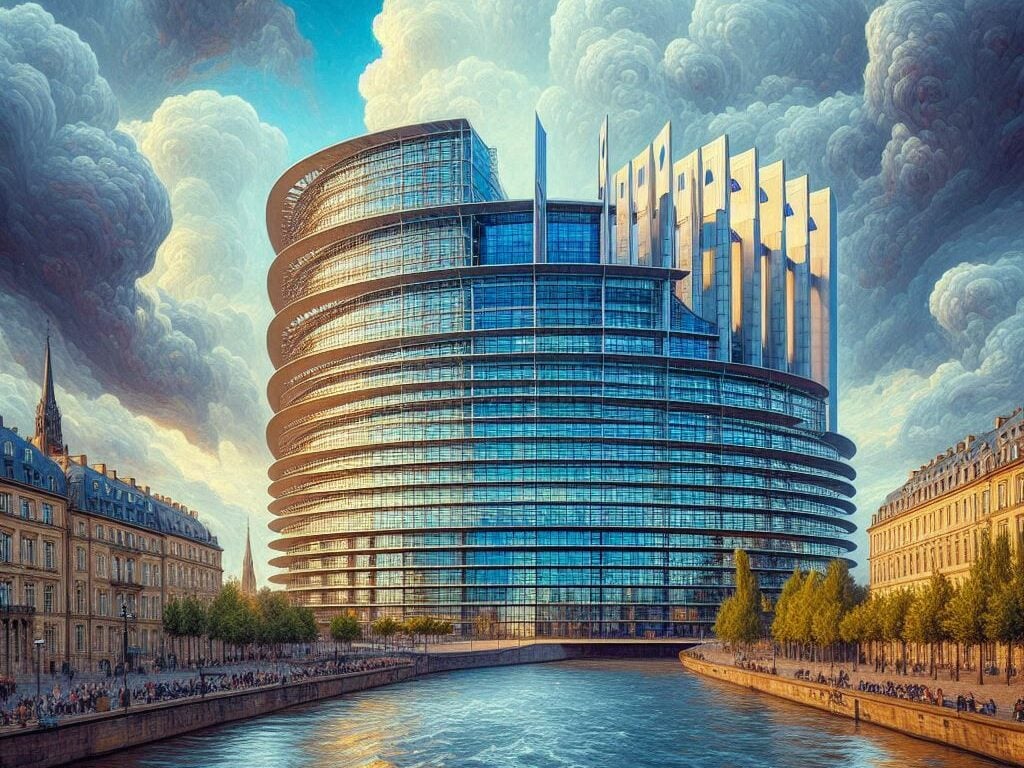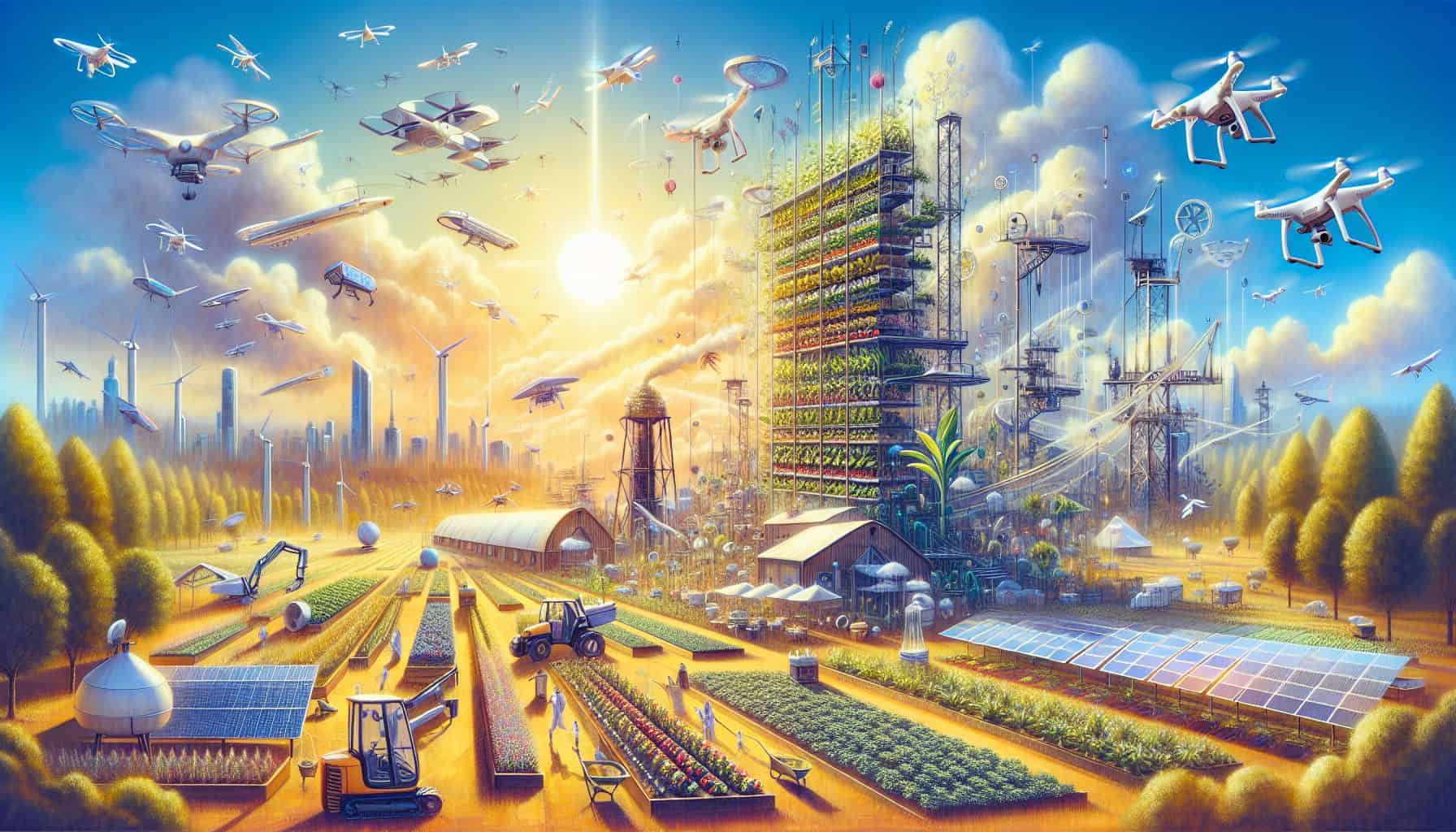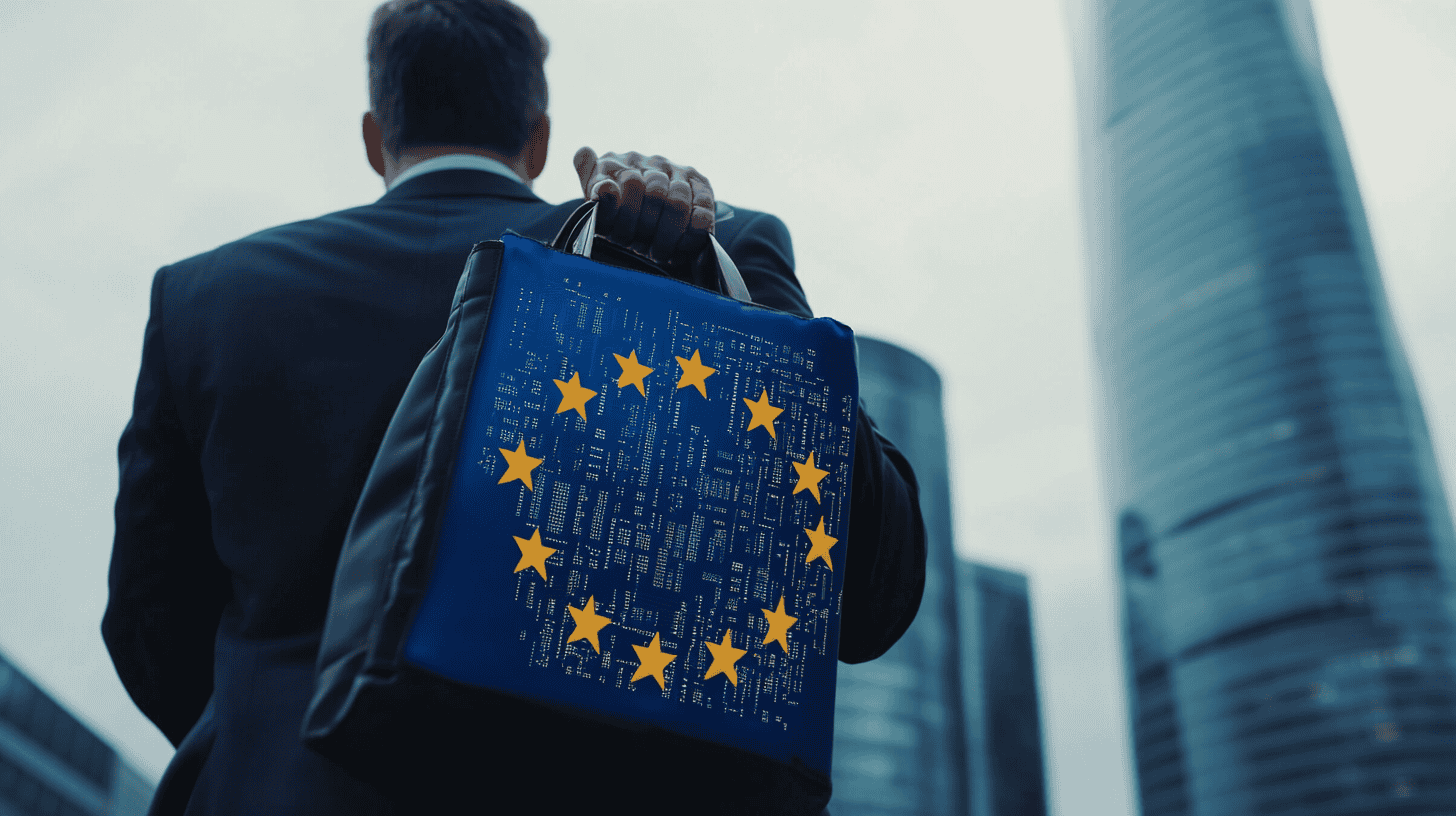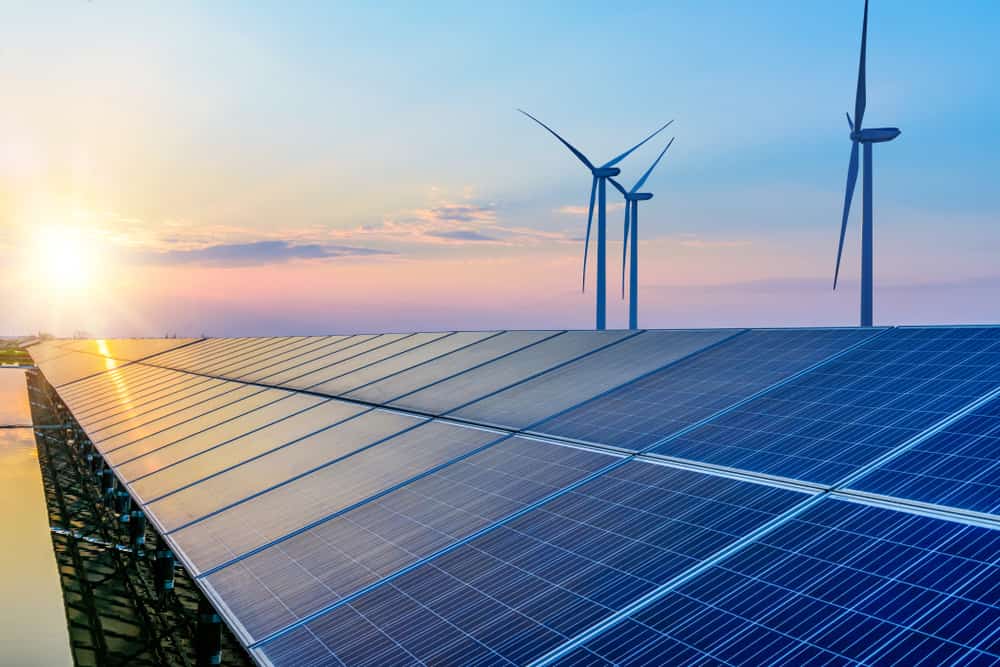
The European distribution systems are undergoing a remarkable transformation, transitioning from centralized power plants to a more distributed generation (DG) model, powered by Smart Grids. This shift in the electricity power system, facilitated by the unbundling process, is poised to revolutionize the way energy is generated across Europe. However, to fully realize the potential of distributed power, it is imperative to revamp the existing regulatory framework.
Distributed energy generation (DEG) offers an array of advantages, including enhanced efficiency, reliability, and environmental sustainability, compared to traditional energy systems. Recognizing its potential, the EU has shifted from a previously ambivalent stance towards citizen participation in the energy transformation to actively supporting and promoting it.
In 2023, the EU introduced the groundbreaking Green Deal Industrial Plan, signaling its commitment to scale up clean technology manufacturing and prepare for a comprehensive clean-energy transition. This visionary plan holds tremendous significance for the successful net-zero transition of European industries, emphasizing collaboration, integrated energy systems, and decarbonization as key drivers of competitiveness. By setting ambitious targets, such as achieving net-zero emissions by 2050 and covering 45% of energy demand through renewables by 2030, the Green Deal Industrial Plan paves the way for a sustainable future.
Technologies driving distributed generation
Several key technologies are playing a significant role in the growth of distributed energy generation, including Solar Photovoltaic (PV), Wind, Reciprocating engines, Microturbines, Fuel cells, and Gas turbines. These technologies are being deployed across various sectors, such as industrial, commercial, and residential applications, to meet the growing energy demand while reducing dependency on fossil fuels and decreasing greenhouse gas emissions.
Top companies operating in the distributed generation market include some familiar names from large scale power generation, like E.ON., Siemens Energy and Rolls-Royce Power Systems. These players are continually investing in research and development, as well as bringing innovative solutions to the market to drive the adoption of distributed generation technologies. But there are also countless startups and companies which enter power generation from other industries. Think of the many PV and battery companies.
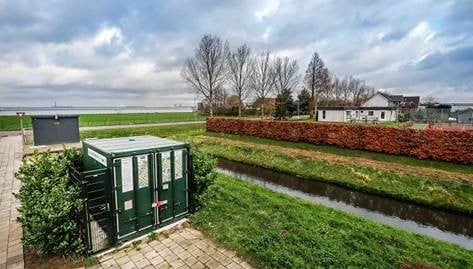
Policy changes and the energy transition
For distributed generation to thrive, appropriate policy changes are required to address issues such as data interoperability, supply security, cybersecurity, privacy, and consumer protection. In this regard, the EU has already taken steps by implementing digital and energy policies, guiding the digitalisation of energy systems and ensuring the smooth integration of distributed energy resources into the grid.
As part of the European Green Deal, the EU Green Deal Industrial Plan seeks to facilitate a faster and more efficient green transition by scaling up innovative technological solutions, integrating energy value chains, and promoting collaboration among stakeholders. The plan emphasizes the importance of data sharing for achieving the ambitious goals of the EU Green Deal and Green Deal Industrial Plan, enabling agile responses to shifting demand and providing critical input for robust value chains.
Distributed generation in the context of the energy transition
Distributed generation is closely tied to the broader energy transition, which aims to shift from fossil fuels to renewable energy sources. By embracing distributed generation, the EU can not only reduce its greenhouse gas emissions but also improve energy security and reduce reliance on imported fossil fuels. In the long term, digitalisation will play a crucial role in integrating decentralised renewable energy sources and managing the increasingly complex energy systems.
Furthermore, the integration of distributed generation technologies into the grid requires effective grid management, flexibility at the local level, and active consumer participation. This can be achieved through prosumer energy asset management, shared data infrastructure, and the establishment of energy communities that promote collective self-consumption and bidirectional electric vehicle charging.
Embracing the future of distributed generation
The EU’s commitment to distributed generation and the energy transition is evident in its ambitious targets and the Green Deal Industrial Plan. The successful implementation of these strategies will depend on the collaboration between public and private sectors, as well as the continued innovation and investments in the distributed generation market. By embracing distributed generation and the energy transition, the EU can pave the way for a sustainable and secure energy future.





